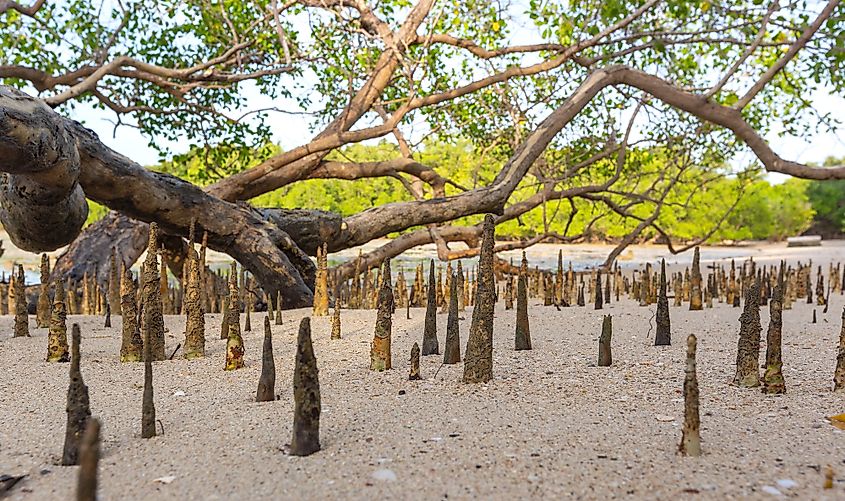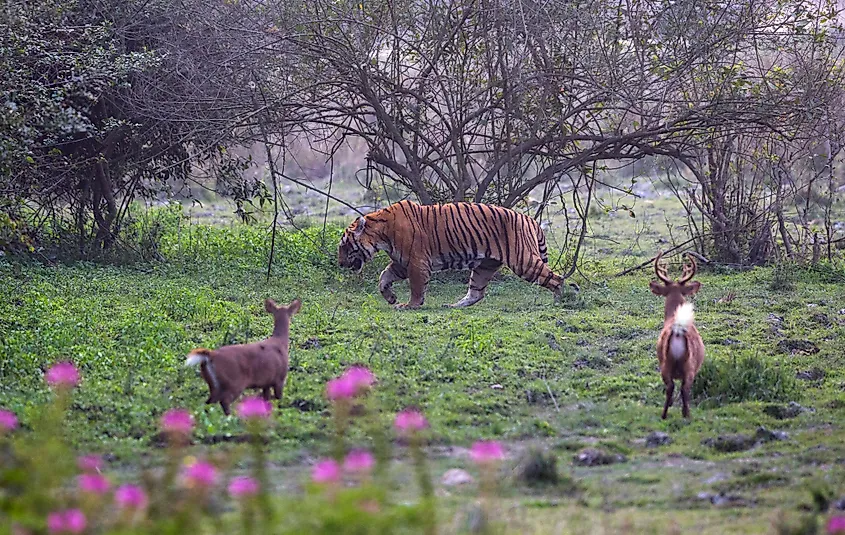Habitat And Ecological Niche

What Is A Habitat?
A habitat is the term used to describe the place in which an organism lives. In a more colloquial sense, this would be the area, region, or ecosystem which any given plant or animal calls home. A habitat is an environment and focuses on external factors which can influence that creature or plant. This includes things like plant life, geographical area, geological landscape, altitude, and essentially all natural external factors.
To be a successful habitat, the environment must meet all the needs of the organism that lives within it. This means it must provide these four key elements: shelter, water, food, and space. The criteria for plants and the criteria for animals have the same basic needs, but differ slightly.
Habitat For Plants

A plant requires a few basics to survive. Like all organisms, plants need water and food to survive, but unlike animals, plants make their own food. This means that a plant’s habitat must provide sunlight, nutrients from soil, and oxygen from the air. With these simple elements, plants are able to make their own food in a process called photosynthesis. Shelter and space depend more on the type of plant.
A redwood tree, for instance, needs much more space to grow than, say, a daisy. Similarly, the necessary type of shelter depends on the species of plant. Shelter includes everything from a plant protecting them from wind, or from extreme precipitation to altering the amount of direct sunlight a plant gets. Some plants thrive in shaded shelter areas, while others prefer more open areas with direct sunlight. Each species has its own, distinct needs which must be met by the habitat in which it lives.
Habitat For Animals
Animals, similarly, need water and food but their food sources are more complicated than simply water, sun, and soil. While some animals eat plants, others rely on other animals, and therefore need to ensure there are enough animals for them, as well as any competing predators in the area. Simply put, the habitat must provide a way for the animal to find and gather ample food without decimating the prey’s numbers, or a plant’s entire crop.

Again, with shelter, animals need different levels of protection. They not only need shelter from weather - for example a den to keep them warm - but also shelter from predators. Whether these are trees in which they can climb and escape ground dwelling hunters, sandy riverbanks in which to dig their homes, or sheltered caves to build their nests, each animal needs its own particular type of shelter that is best suited to their needs.
What Is Ecological Niche?
While the habitat describes the external environment, or outside elements which can affect an organism, a niche in ecology describes the role an organism plays within that ecosystem. While a habitat impacts the plant or animal, a niche describes how that plant or animal impacts its environment. A niche includes the physical and environmental elements it needs to survive, as well as the way it interacts with other living things in that environment. Each species has its own, unique niche. These can be similar, but are never exactly the same as any other animal. Animals with limited niches - that is, which require very specific circumstances of environment and other animals’ interaction, are known as specialist species, while animals which are more adaptable and can survive in much less specific conditions are known as generalists.











